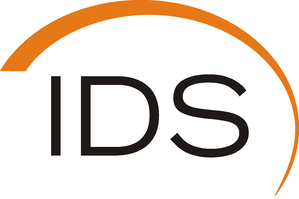Five small tasks are offered, the voluntary completion of which is taken into account as a bonus in the oral examination.
A technical excursion to the Continental proving ground "Contidrom" with a visit to the new driving simulator is offered.
| Event form | Lecture and exercise |
| Level | Master |
| Semester | WS |
| Creditpoints | 5 |
Goals
The lecture teaches in-depth skills in the modeling of vehicle subsystems and their integration into an overall vehicle model. In the accompanying computer exercises, students learn the practical application of the course content. After successfully completing the module, students will be able to
- Select established complete vehicle models for specific applications
- Describe the characteristics of the drive, brake system, steering, chassis and tires
- Set up a complete vehicle model with computer support and apply it in various manoeuvres
- Optimize vehicle concepts with regard to performance, driving safety and sustainability characteristics in the simulation
Topics
"How can the lap time of a racing car be optimized? How can the human driving experience be described objectively? How can microplastic emissions from tire abrasion be reduced in the future?" These and many other questions can be answered purely virtually using modern complete vehicle models. Numerous examples from the vehicle industry and the accompanying computer exercises ensure a high level of practical relevance. The content focuses on
- Modelling of vehicle subsystems (e.g. steering, chassis, tire models)
- Construction of a complete vehicle model from the vehicle subsystems
- Validation of the model properties
- Simulative optimization of the performance, driving safety and sustainability properties of passenger cars



Literature and work materials
Lecture and exercise materials as well as the exam collection of the last exams with sample solutions can be found under the respective course in Stud.IP.
- Lecture notes
- Lecture hall exercise
- Lecture handout
- Problem set
- Collection of formulas of IDS/IKM
Further literature:
- Hagedorn: Technische Mechanik, Band 3: Dynamik, Verlag Harri Deutsch.
- Groß, Hauger, Schröder, Wall: Technische Mechanik 3: Kinetik, Springer Verlag.
- Hardtke, Heimann, Sollmann: Technische Mechanik II, Fachbuchverlag Leipzig.
Dates
Lecture, exercise and examination dates as well as further information on the examinations can be found in the General Information.
Contact person


30823 Garbsen




